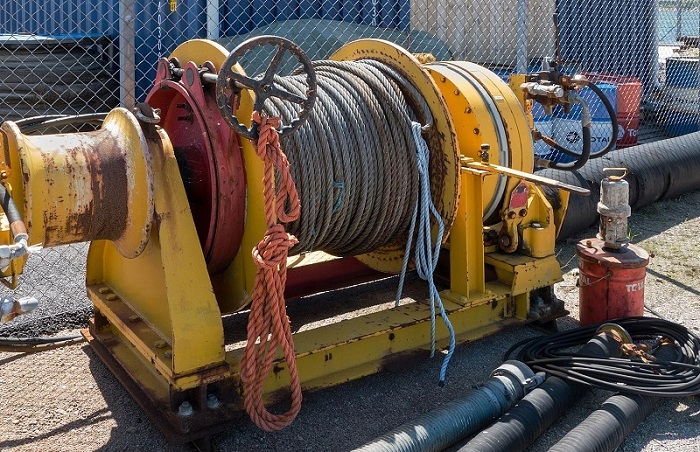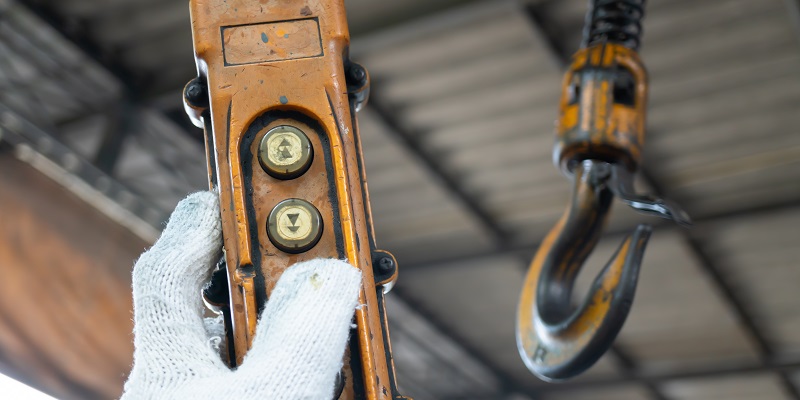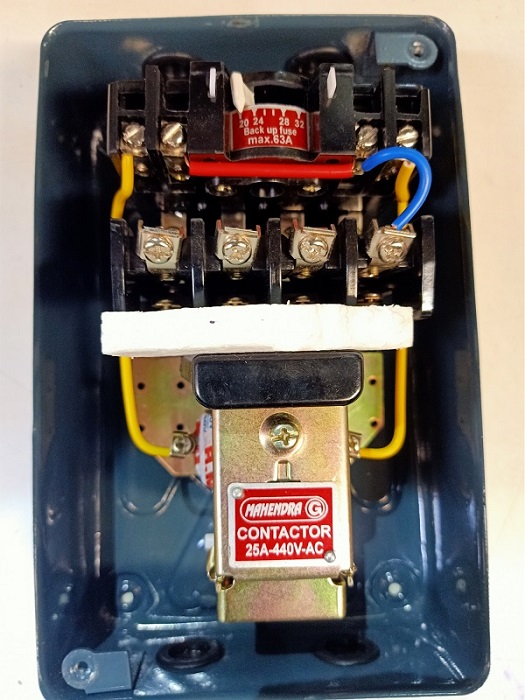Going Against the Flow | Reversing Single-phase Industrial Motors
Three-phase motors are a backbone of the modern industrial control landscape. But plenty of applications still rely on single-phase motors. Can these types of motors be reversed, and if so, how?
Electric motors are generally designed to provide a predictable rotational speed given an input signal. The input signal will depend on the motor design, as some motors are driven by Direct Current (DC) and others by Alternating Current (AC). AC motors are also broken down into single and three-phase motors, each of which has its advantages, disadvantages, and applications.
There are many times the motor’s output speed needs to be altered to match demand or even spin in the opposite direction. Consider the electric motor that runs the wheels on an electric car; its speed needs to change to drive the acceleration, deceleration, and stopping of the car. Furthermore, the car’s wheels will need to spin in the opposite direction to back out of a parking space.
Reversing Direction
Plenty of motors are happy to run in one direction. Assembly lines and conveyors run in one direction and rarely, if ever, switch and run in reverse. Other applications require motors to turn in different directions. High-torque electric motors used in robots for positioning products, for example, may need to move back and forth to move a product into a production step and out of it. Overhead electric cranes may need to raise and lower objects, meaning a reversal of motor direction is necessary.

Figure 1. This tugboat’s electric winch needs to run forward and reverse for pulling vessels and for unwinding. Image used courtesy of Wikipedia Commons
Sometimes, mechanical means can be implemented, such as a gearbox that can reverse the direction of rotation. This is how most automobile transmissions work. In these, the motor does not reverse direction. For more precise motion control, there are electrical methods for changing motor direction that will outperform mechanical means.
What is a Single-Phase Motor?
Single-phase motors are common in residential applications, as they only require one phase, or one leg of a standard electrical connection. They are controlled with the injection of a single sinusoidal signal.
The speed of the motor is controlled by the number of magnetic poles present and how the voltage applied generates the magnetic field and causes motion. In general, the more poles, the slower the speed. While the number of magnetic poles is fixed, by varying the frequency of the signal, the magnetic field generated changes, leading to a change in motor speed, as long as the appropriate construction of motor is used (more on this later).
What is a Three-Phase Motor?
A three-phase motor does not rely on one sine wave, but three separate signals that are 120 degrees out of phase. These motors are much more common in industrial and manufacturing facilities, where three-phase power is widely available.
The speed of three-phase motors can also be controlled by VFDs, which can vary the voltage and frequency output to each of the phases to vary the magnetic field, and thus vary the rotational speed of the motor. There are also field control methods that can change the speed as well. Ultimately, the control of the magnetic field is what controls the motion of the motor. Just like the single-phase motor, controlling the frequency and voltage indirectly control the rotational speed.

Figure 2. Reversing a crane hoist with a remote control pendant requires either separate motors for up and down, or a reversible configuration. Image used courtesy of Adobe Stock
One benefit of three-phase motors is the ability to reverse rotation direction very simply. The supply wires of any two phases can be reversed manually through a switch, or automatically through a controller of some sort (most often a VFD). One common method of wiring for manual control is to use two contactors in a ‘reversing’ arrangement, where the two controllers are wired using interlocks and reversing bus bars so that one controller handles forward motion and one handles reverse.
How can a Single-Phase Motor be Reversed?
Single-phase motors are often a bit more difficult to arrange in a reversing fashion, but still can be reversed in a few ways. Inside a typical capacitor-start motor, the capacitor is connected to either the L or the N wire, providing a slight phase shift in the magnetic field for part of the windings. Reversing the L or N supply to the start winding is akin to reversing two leads in a 3-phase motor.
It is important to note that while changing the value of the starting capacitor on the motor can change the dynamics of the system, such as speed and torque, the capacitor itself cannot be altered to change the direction of rotation.
Most single-phase motors cannot be driven by VFDs. The primary reason is the capacitor exhibits drastically different characteristics at different frequencies. If we ramp up the motor supply beginning at 0 Hz, there will be no current in the start winding (remember, capacitive reactance at 0 Hz is infinite), and we have no directional control at all.
Some inverter-duty single-phase motors do exist, and there are several off-the-shelf modules that allow for these motors to run in opposite directions when used with appropriate VFDs. Likewise to the motor often being unacceptable for a VFD, the designers of VFDs often recognize that few single-phase inverter duty motors exist, so only specially designed VFDs will supply a single-phase output. Again, they exist, but they are quite rare.

Figure 3. Moving the wiring for two of the three phases will cause this motor to run in reverse. However, this is not the most efficient or safest technique to perform manually. Image used courtesy of Wikipedia Commons
Shaded Pole Motors
One specific type of single-phase motor, the shaded pole motor, cannot be easily reversed. The construction of shaded pole motors is lopsided and generates a lopsided magnetic field, meaning the motor favors turning in a specific direction. This eliminates the capacitor and provides a uniquely direction-specific construction. Simply reversing the leads or the polarity of the applied voltage will not cause the motor to reverse direction. Combined with the low startup torque, the motor will likely not reverse and may remain stalled, leading to overload conditions.
In general, shaded pole motors will either need to be rebuilt and rewound to be reversed. It is often easier to replace the entire motor with a more appropriate system if reversal is required.
Driving Single-Phase Motors
Reversing the direction of a motor can be performed on single and three-phase motors, though shaded pole motors should generally not be reversed. However, one should consider how, when, and why a motor must reverse directions and consider all of the control problems of doing so. Consider that high-torque motors or motors carrying heavy loads have a system inertia that will not respond well to being slammed into reverse. Instead, a control algorithm that can slowly brake the motor, then reverse its direction is much preferred.
Also, the physical wear on motor hardware as well as contactor switches during constant reversals can be problematic. Manual switches for large motors may also have high currents and lead to arc flash hazards and other such safety hazards that must be mitigated in use as well. The engineers and technicians wiring such systems must ensure that the emergency stop mechanisms will actually stop the motor regardless of the direction it is turning, which is easy to miss if there are two separate controllers, one for forward and one for reverse.
There are many circumstances that require the reversal of motor direction, so a carefully designed system and control algorithms are necessary to optimize energy usage and prevent premature wear.
Although it is hard to recommend a universal adoption of one method or another, if speed and direction control are indeed critical to your operation, investigating the use of a three-phase motor and VFD might be the most reliable and cost-effective solution.

 Facebook
Facebook Google
Google GitHub
GitHub Linkedin
Linkedin








